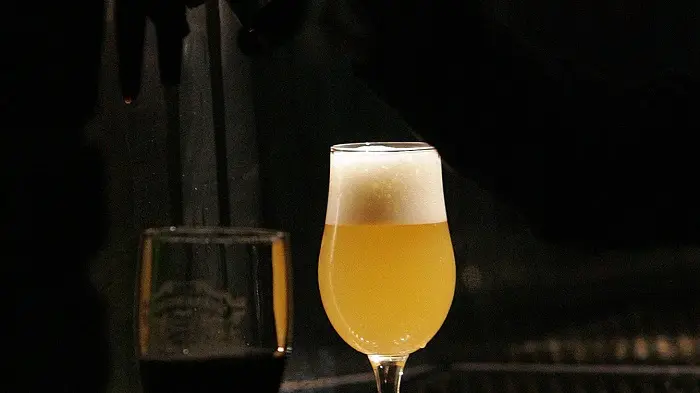Heritage Month at Vergenoegd Löw offers an opportunity to explore the estate’s deep-rooted history and its commitment to luxury hospitality. Our estate proudly balances a legacy of nearly 330 years with a vision of innovation and sustainability, aiming to become a world-class destination for visitors.
Vergenoegd Löw’s history traces back to 1696 when the land was granted to Pieter de Vos by the Dutch East India Company (DEIC). The DEIC established a refreshment station at the Cape to support trading ships on the Spice Route between Europe and the Far East. At the end of the 17th century, the DEIC began releasing employees to establish their own farms to meet the growing demand for provisions. De Vos, captivated by his new surroundings, named his farm Vergenoegd, meaning “to be contented.” He also planted the first vines, marking the beginning of an unbroken winemaking tradition.
By the mid-1700s, Vergenoegd Löw had become a notable wine producer. After Pieter de Vos, ownership passed to Ferdinand Appel, who expanded the vineyard to 25,000 vines. Appel’s daughter, Johanna, married Johannes Colijn, a vineyard owner from Constantia. According to wine historian Joanne Gibson, Colijn, along with other Constantia producers, may have sourced grapes from Vergenoegd and neighboring farms to contribute to the esteemed Constantia wines.
In 1782, the farm was sold to Johan Georg Lochner. Between 1786 and 1787, Lochner hosted the artist Jan Brandes, who captured the farm’s life in his artwork. These illustrations have become valuable historical records for restoring Vergenoegd Löw’s historic buildings. Many of Brandes’s works are now preserved in the Rijksmuseum in Amsterdam, with reproductions displayed on our estate.
Vergenoegd Löw’s legacy is not only in its history but also in its commitment to innovation and sustainability. Our aim is to provide a luxury experience while upholding the principles of environmental responsibility. Visitors can explore the estate’s rich past through our preserved historical records and enjoy our modern offerings, including sustainable practices that align with our heritage.


